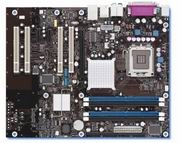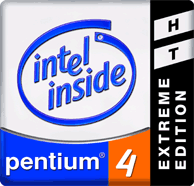
San Diego Supercomputer to Use Intel Chips, SSDs
"Moving a physical disk head... is so last century," said Allan Snavely, associate director of San Diego Supercomputer Center. Unlike slower, hard disk drives that use moving parts, the Intel chips.and Intel® High-Performance Solid-State Drives have been chosen for the University of California, San Diego's Gordon project that will build one of the world's most powerful supercomputers that will be dedicated to solving critical science and societal problems. The Intel SSDs will help speed scientific computations or data-intensive applications such as 3-D seismic tomography for earthquake prediction and research. View the press release.
























 10 Gigabit Ethernet
10 Gigabit Ethernet

























































